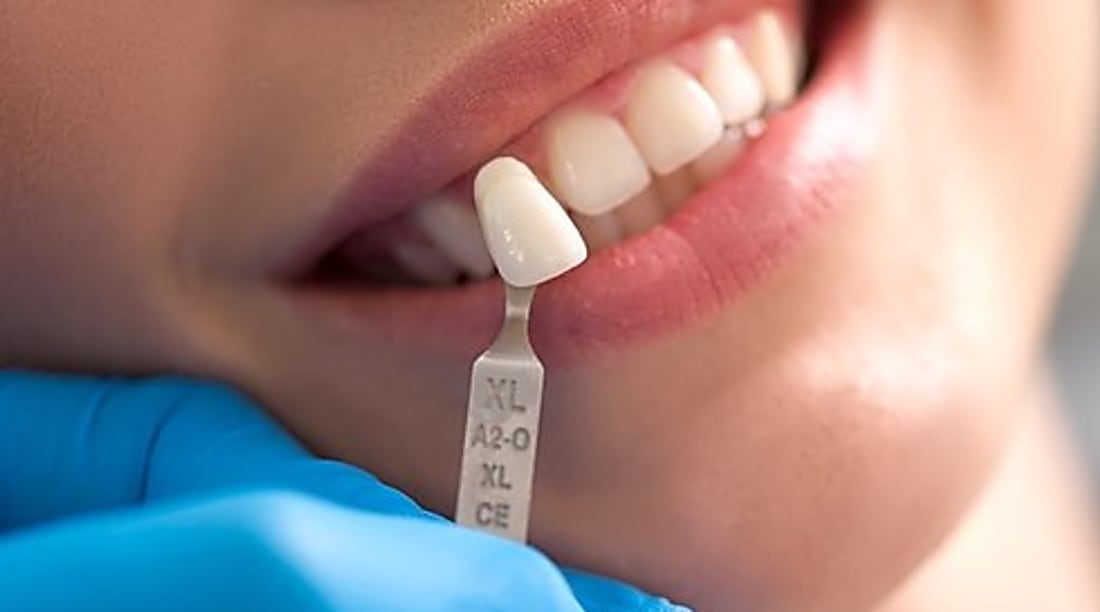Permanent Tooth Replacement with Dental Implants Guide
Discover how dental implants offer a long-lasting, natural-feeling solution for missing teeth. This comprehensive guide explains benefits like bone preservation and improved chewing, outlines the multi-stage treatment process, reviews typical costs and options, and provides practical implant care tips to help you decide if implants are right for you.

Dental implants are widely regarded as the most reliable option for replacing missing teeth. They replicate the role of natural tooth roots by integrating with the jawbone, giving restorations—crowns, bridges, or full-arch prosthetics—exceptional stability and a lifelike appearance. Beyond restoring smiles, implants promote jawbone health, prevent adjacent teeth from drifting, and help patients regain confident speech and chewing. This guide walks through the advantages, the usual treatment steps, cost considerations, and maintenance practices so you can make an informed decision.
Why choose dental implants?
Dental implants differ from removable dentures and conventional bridges because they are anchored directly into the jaw. The titanium post acts like a root, providing a secure base for a restoration and enabling several important benefits:
- Bone preservation: Implants stimulate the underlying bone, which slows or stops the bone loss that commonly follows tooth extraction. This helps preserve jaw structure.
- Protection for neighboring teeth: By filling the gap, implants prevent adjacent teeth from shifting into the empty space, helping maintain proper alignment and bite.
- Support for facial contours: Maintaining bone volume helps preserve facial fullness and reduces the hollowed or sunken look that can appear after tooth loss.
- Natural look and function: When planned and fabricated precisely, implant-supported teeth match the color and shape of surrounding teeth and restore efficient chewing and clear speech.
- Durability: With consistent home care and regular dental check-ups, many implants remain successful for decades and in favorable cases can last a lifetime.
Although the initial investment can be greater than for removable options, implants often become more cost-effective over time because they typically require fewer repairs and replacements.
The treatment process: what to expect
Completing implant treatment usually takes several months, but timing varies depending on bone quality, the need for grafting, and the provider’s approach. Typical stages include:
-
Assessment and planning: Your clinician will review medical history, examine oral tissues, and obtain diagnostic imaging—X-rays or 3D scans—to evaluate bone volume, gum condition, and neighboring teeth. If bone is insufficient, a graft may be recommended to build a stable foundation.
-
Surgical placement: The implant post (most often titanium) is placed into the jawbone under local anesthesia; sedation is available for anxious patients. Many placements are performed in-office and are well tolerated. Postoperative discomfort is usually manageable with over-the-counter or prescribed medications.
-
Healing and osseointegration: Over the following weeks to months the implant integrates with bone in a process called osseointegration. Successful integration is essential for creating the strong, long-term support the prosthetic tooth requires.
-
Abutment connection: Once integration is confirmed, a small connector called an abutment is attached to the implant. This piece links the implant to the visible restoration.
-
Final restoration: A custom crown, bridge, or denture is fabricated and secured to the abutment. The result is a stable, natural-looking tooth replacement.
Some clinicians use immediate-load protocols that allow placement of a temporary crown on the same day as implant insertion. Others prefer a staged approach to maximize healing; your dentist will recommend the best option based on clinical factors.
Costs and options
Below is a general overview of common implant procedures and typical price ranges. Actual fees vary by location, clinician expertise, materials, and any extra procedures required.
| Procedure Type | Average Cost Range | What’s Included |
|---|---|---|
| Single tooth implant | $3,000–$4,500 | Implant post, abutment, crown |
| Full mouth implants | $20,000–$45,000 | Complete set of implants for both arches |
| All-on-4 implants | $15,000–$30,000 per arch | Full-arch replacement using four implants |
Prices are estimates and may change over time. Independent research and consultations with providers are recommended before making financial decisions.
Caring for implants to extend their lifespan
Implant materials themselves don’t decay, but the surrounding gum and bone remain vulnerable to inflammation or infection. Protect your investment with consistent oral hygiene and healthy habits:
- Brush at least twice daily with a soft-bristled brush and a non-abrasive toothpaste.
- Clean between teeth and around implant restorations daily using implant-specific floss, floss threaders, or interdental brushes.
- Attend routine dental appointments for professional cleanings and exams so your provider can monitor gum health and the condition of the restoration.
- Avoid tobacco products, which increase the risk of peri-implant disease and implant failure.
- Manage chronic health issues, such as diabetes, since overall medical health affects healing and long-term success.
Watch for warning signs like persistent swelling, recurring pain, bleeding, or a sensation that the implant is mobile—these require prompt evaluation.
Who is a suitable candidate?
Many adults, including older patients, are eligible for implants if key conditions are met:
- Sufficient jawbone volume or willingness to undergo grafting if needed.
- Healthy gum tissue and control of active periodontal disease.
- Stable medical conditions and good overall health to support healing.
- Realistic expectations and a commitment to daily hygiene and regular dental follow-up.
A full clinical exam and imaging will clarify candidacy and identify any preparatory treatments.
Final thoughts
Dental implants provide a dependable, natural-appearing solution for replacing missing teeth while supporting oral and facial health. They require an upfront commitment of time and cost, but their functional and aesthetic advantages and long-term durability make them a strong option for many patients. Discuss your goals, budget, and medical history with a qualified dental professional to determine the best treatment pathway for your needs.
This article is for informational purposes only and should not be considered medical advice. Please consult a qualified healthcare professional for personalized guidance and treatment.






